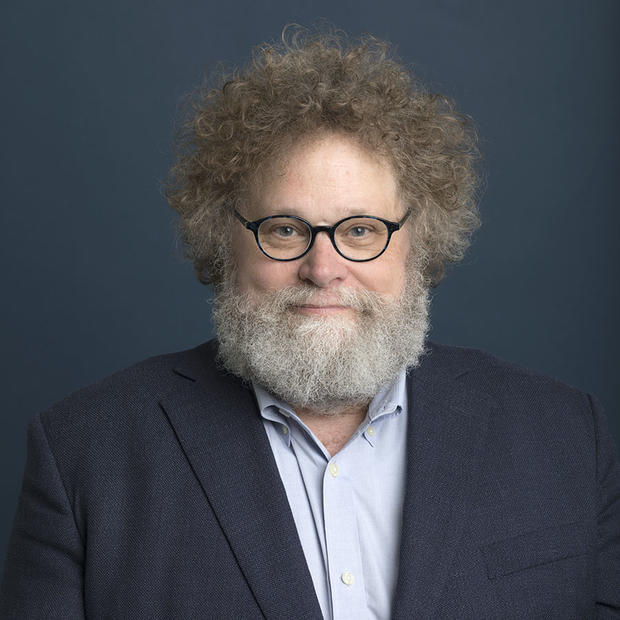At 5:30 in the morning on Sept. 11, I stood with a group of people for a quiet, pre-dawn 10th anniversary memorial ceremony on top of the Space Needle. I was invited as the Needle's writer-in-residence, along with other guests: Mayor Mike McGinn, police, firefighters, some Needle staff, and local media. At the time of the attack on the World Trade Center, the Needle's giant American flag was raised.
It was a moving scene, on top of Seattle. In the West, a huge orange moon was setting, its light making a trail across the dark waters of Elliott Bay where a lone ferry crossed and a lit-up cruise ship maneuvered into the dock near Magnolia. The city was still asleep, the mountains wrapped in darkness. Predawn, the city lights twinkle and the ground looks much closer than in the daylight, the downtown are streets broad bands of pale orange light, other patches of the city are dark and indistinct. Without the scenery, the city looks smaller, touchable.
The skirling of a bagpipe provided the sound track, with tunes like "Sweet Alastair's Lullaby" and "Amazing Grace." There were a few words. The guests took turns raising the flag up the Needle's mast to the top, then it was then lowered to half-mast in honor of the fallen.
As the flag rose, it was whipped by a wind from the north, the wind that this time of year brings us warm weather. It felt like just a breeze, but it was strong enough to unfurled the flag fully and bring it to life. The flag burst open with a flow of energy, its red an white stripes rippling, racing ribbons, as if the nation's spirit was filling it, intense, powerful, and fraying its edges.
The mast itself is a tripod that recapitulates the large Needle — a kind of needle on the Needle. When it was built, it was the highest point on the tallest building West of the Mississippi. It has been surpassed, but because the Needle still stands on its own, apart from the forest of city skyscrapers, being on top still makes you feel like you're on top of the world.
We took in the view, cameras flashed, gradually the participants filtered their way down the series of ladders and stairs that lead from the top to the Observation Deck below, which feels a bit like working your way through the belly of a ship. No one wanted to go. Now the sun was working its way above the Cascades, a red sun rising. The twinkling lights faded, the blue mountains emerged, the city began to change scale again as day dawned.
This is not a sight many get to see these days, but in the '60s, morning disc-jockeys used to broadcast daily from the Needle and describe the coming awake of the city to people still in their kitchens.
The memories of 9/11 seemed tolerable in this setting. On Sept. 10, 2001 I had spent the day at Paradise on Mt. Rainier hiking among the wildflowers, feeling dwarfed by the scale of nature. After 9/11, my partner and I returned to Rainier to be reminded of nature's capacity to heal. After all, what we now call Paradise had been the site of volcanic explosions over the millennia. I found that comforting, that wildflowers will eventually reclaim wastelands.
The view from the Needle has a way of putting life into perspective, too. It was the perfect place for a small, profound ceremony of remembrance and healing, of honoring the dead and sacrifice, of being re-filled ourselves with the sense that we can endure anything on a foundation of hope.


